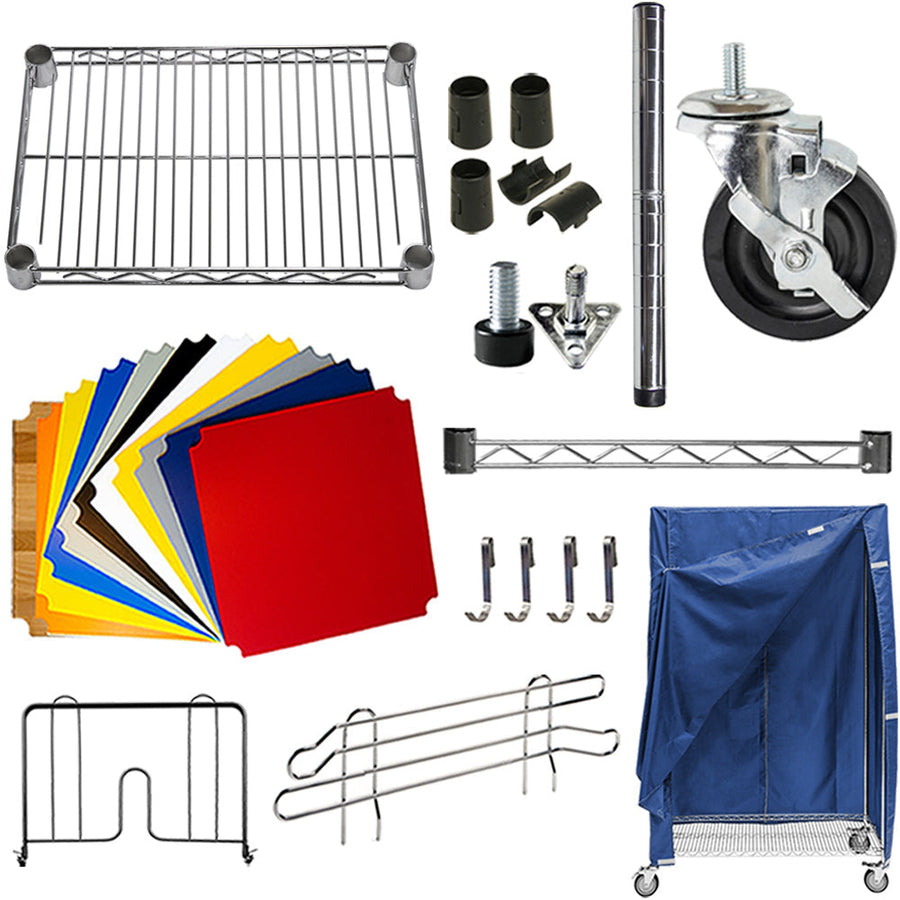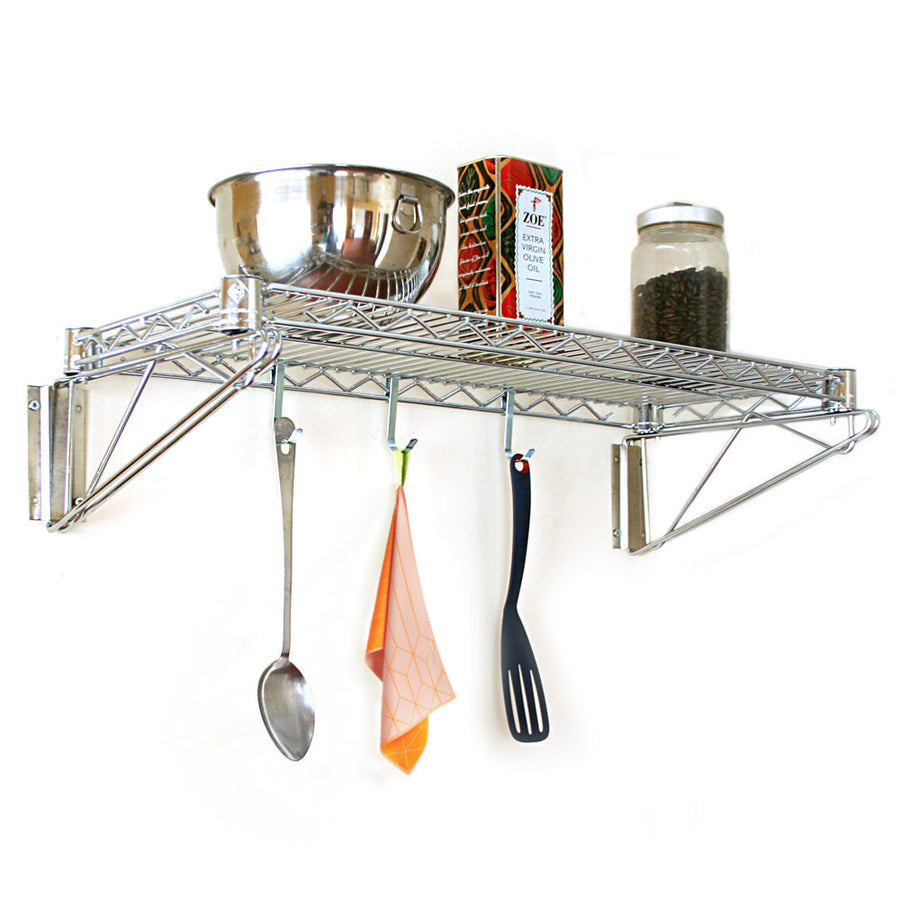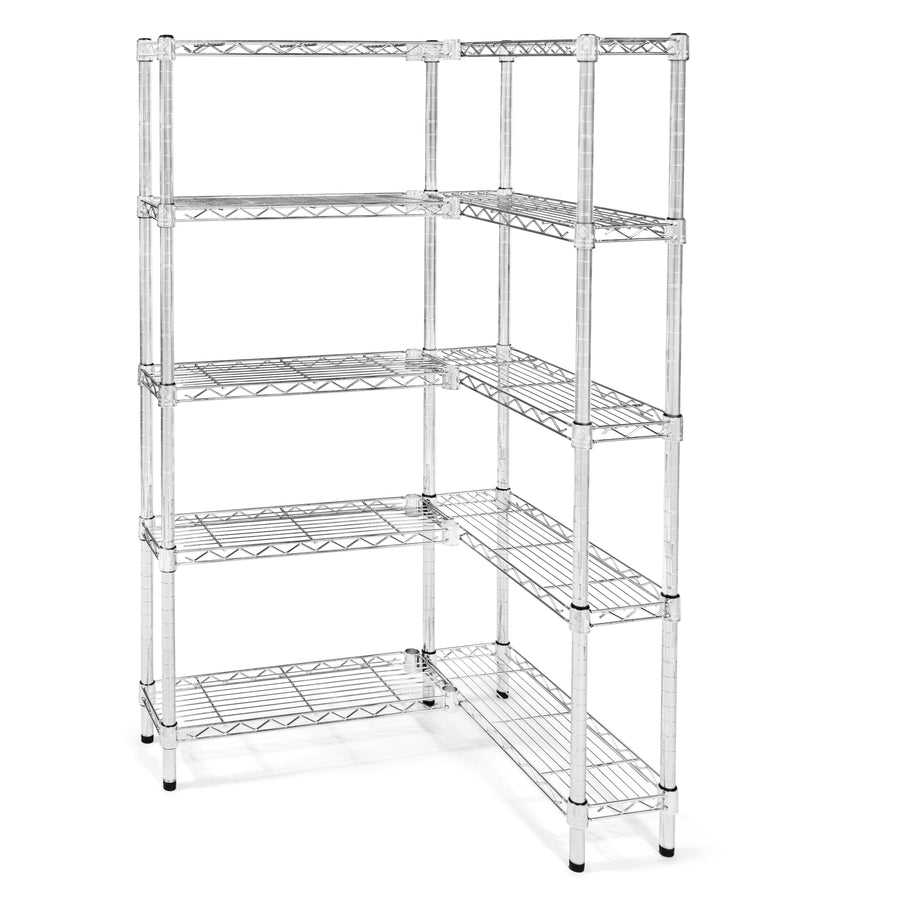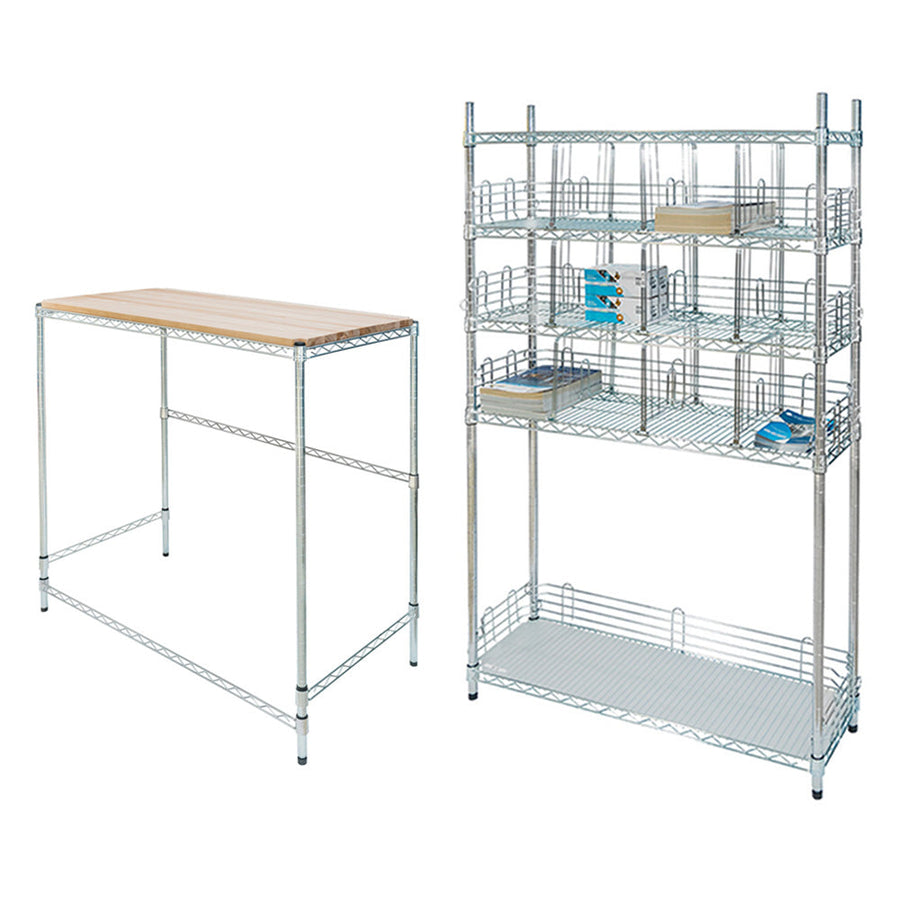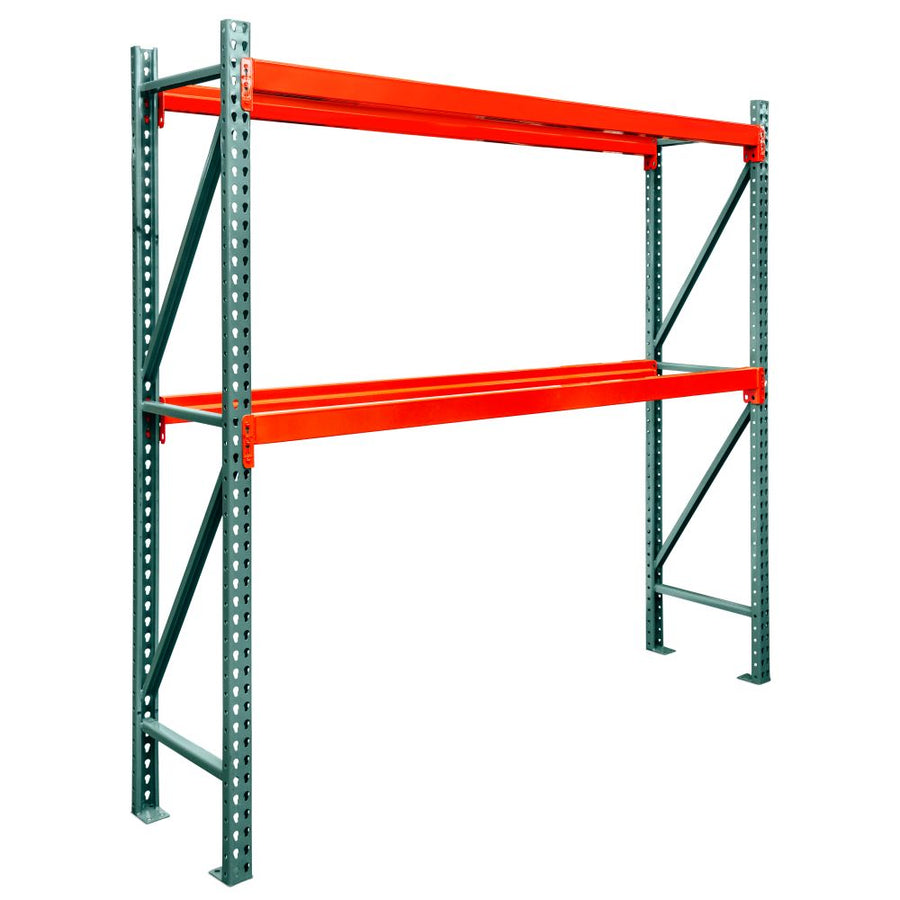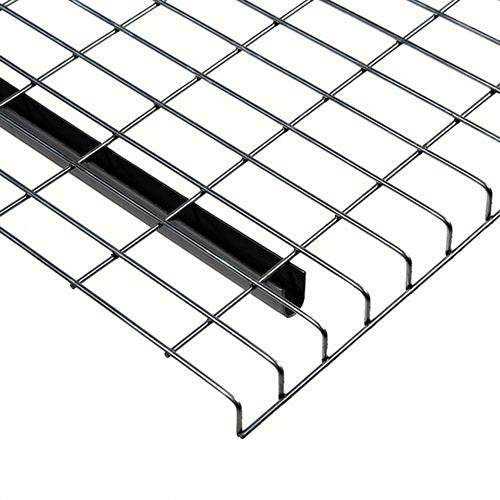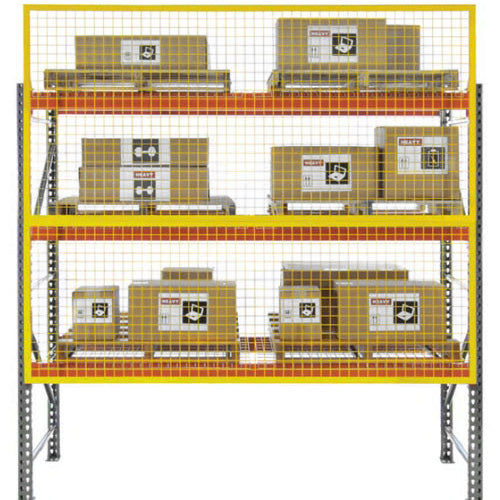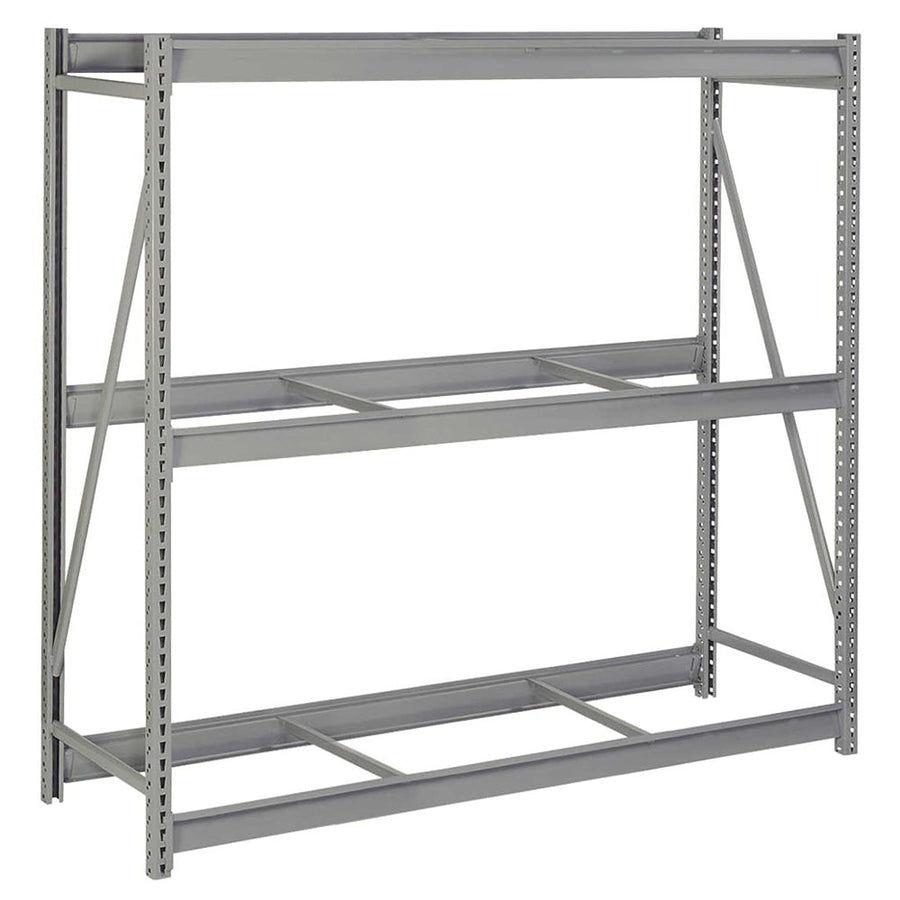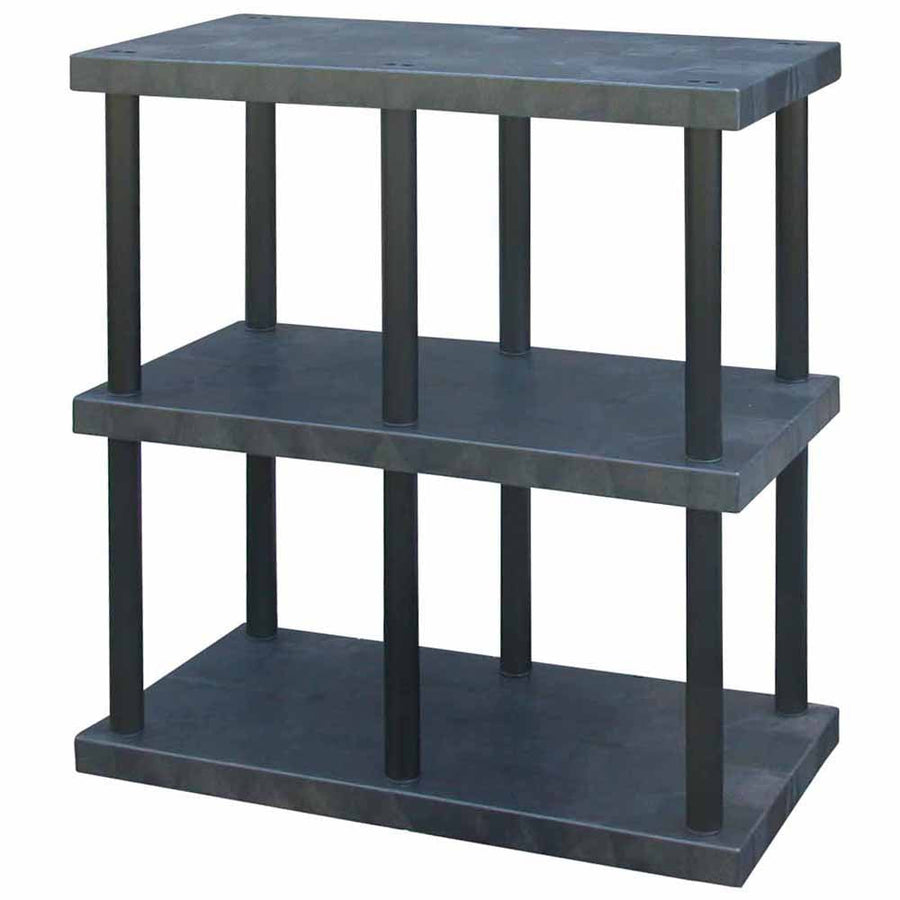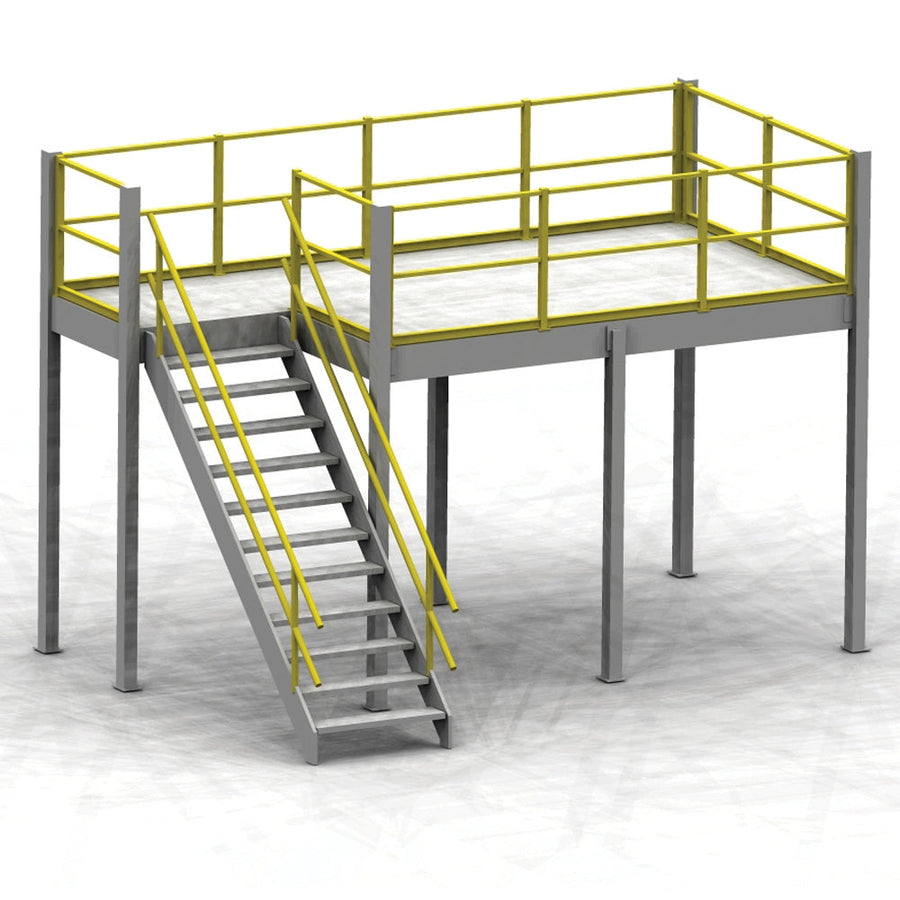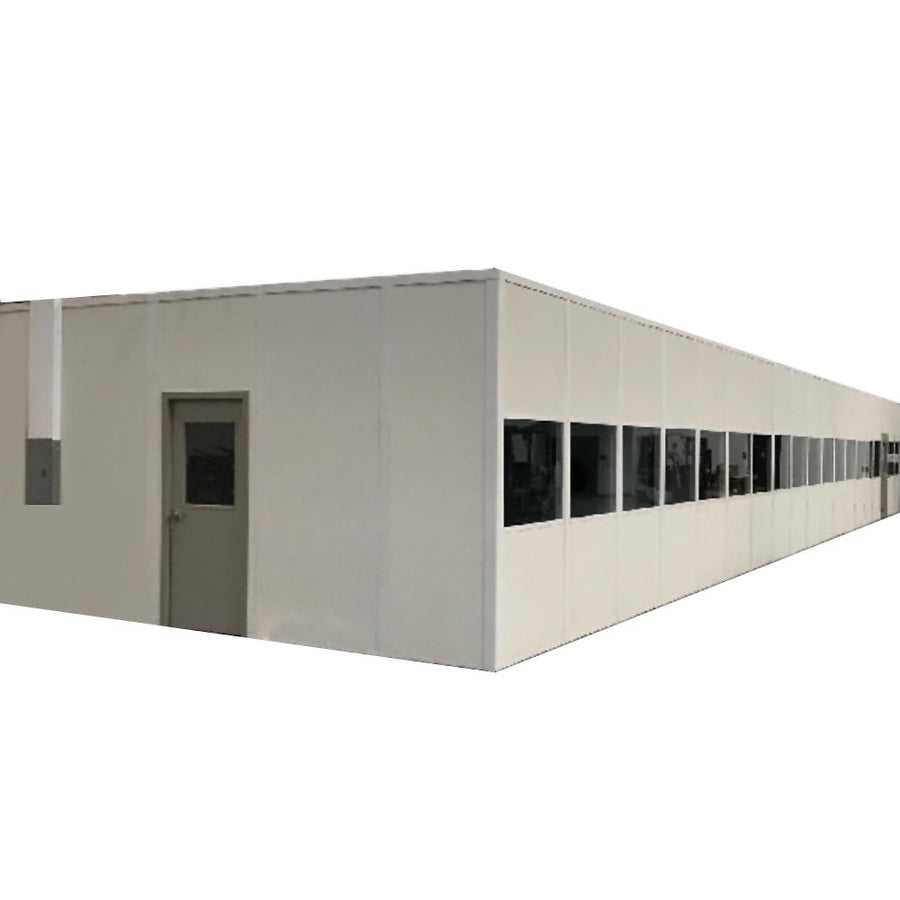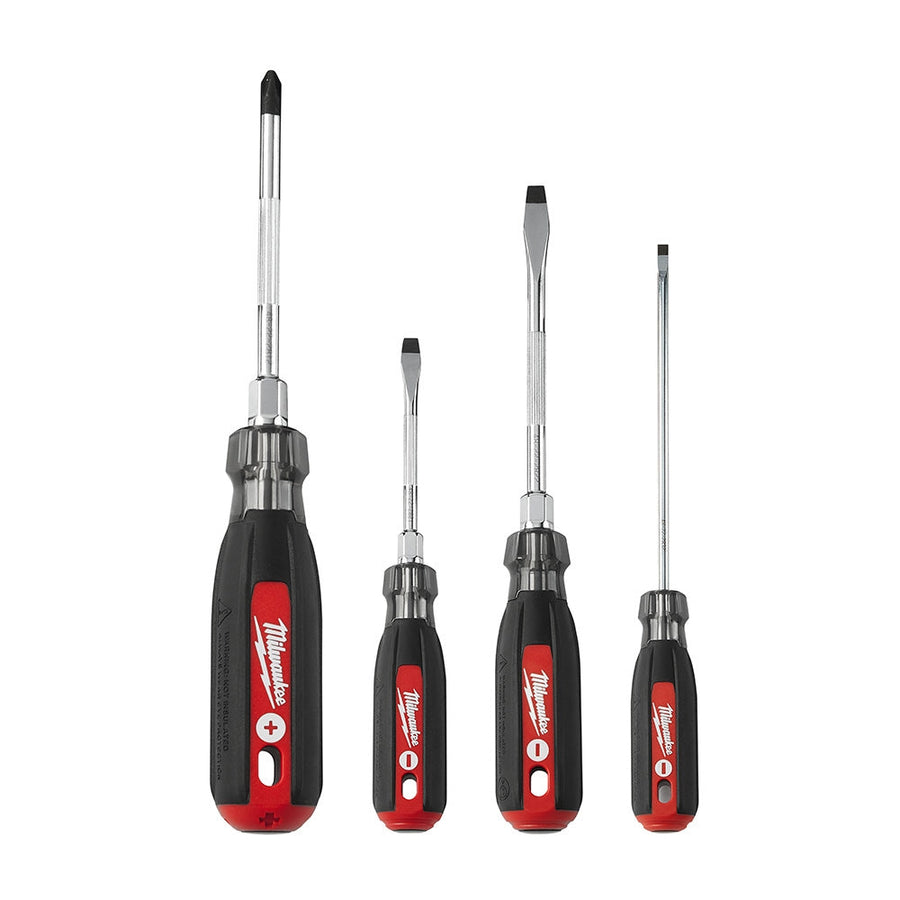You don’t have to be a long-time warehousing expert to understand exactly how much the supply chain has changed over the last few years - or how much it’s going to continue changing.
Even above and beyond the necessary changes brought about by the pandemic, the world of fulfillment and logistics is perhaps prone to technological and operational shakeups more than many other industries. And no matter what point you’re at in the supply chain, or what your duties entail, these shake ups are bound to affect your role one way or another - so why not try to get ahead of the curve and find out about them ahead of time?
Here’s a few of the most important supply chain trends and developments we’re bound to see through 2023, and what impact they’ll have on your warehouse.
Supply Chain Trends to Watch For in 2023
The fight for customer loyalty
We won’t name names, but some of the bigger outlets in retail have done a lot to change customer expectations over the past 5 or 10 years, and it’s left a lot of us rushing to keep up.
In these days of inconsistent stock availability, flash sales, and the ever-increasing need for two-day (or overnight!) shipping, keeping your customers loyal will be almost as important as getting their products in the first place - if not more so.
What does this mean for your warehouse? More than anything else, it means getting orders out the door quickly and correctly. Prepare to take a good long look at your industrial shelving to start figuring out what needs to be moved where, what sells the most, what isn’t selling, and how you can get these items into the customer’s hands most effectively. It won’t solve all your problems, but as time has shown us, customers would rather have the item quickly above anything else.
Route optimization
Back in the day, ‘route optimization’ just meant that you were finding the best path for your deliveries to take. Maybe one road is always congested, maybe there’s a sudden residential area that doesn’t allow truck traffic, and so on - all of them easily solved problems.
These days, however, it’s a little more complicated than that. Due to rising fuel costs, the increased popularity of short-term deliveries (as mentioned above), and the need for hyperlocal warehousing, route optimization for delivering products can be just as complicated as getting the products in the first place.
This applies to nearly everything your warehouse may encounter, both in new orders and even returns. The trucks coming into and out of your warehouse will be dropping off nearly as many items as they’re picking up, and the influx of products will be difficult to manage without a plan.
What does this mean for your warehouse? Be prepared to store more goods - even if they’re not yours. Route optimization means that other retailers may reach out to you about using your warehouse to fulfill their goods due to your location, among other factors, and this can lead to an increased need for storage solutions such as metal shelving in order to properly arrange and manage this influx of product. It could also mean the opposite - your warehouse may be distributing its goods throughout other smaller facilities closer to where the majority of your orders originate, in order for you to better manage returns and shipments from your primary facility. It’s a careful balancing act, but it could pay off as the year rolls on.
Ever-changing material access
As the economy continues to respond to the pandemic, among other global issues at play, your warehouse’s access to needed materials will be a huge factor.
“Materials”, however, has a much broader definition in this case. Even if your warehouse doesn’t actually do any of the manufacturing, you still need to factor in things like product availability, packaging materials, and fuel for your trucks. Certain products are going to go out of stock more quickly, deliveries will need to be a lot more cautious and efficient about how they get made, and suppliers are going to have a harder time getting the stuff you need, when you may need it.
What does this mean for your warehouse? As always, get ready to have a backup plan. Source different suppliers for different products as needed, and make sure you always have an alternative supplier before the disruption happens - this way, you can actually keep fulfilling orders before the disruption hits.
While supply chains are bound to change over time, with a little foresight, you can make sure things keep flowing as smoothly as possible - or at least as smoothly as they can, these days.



